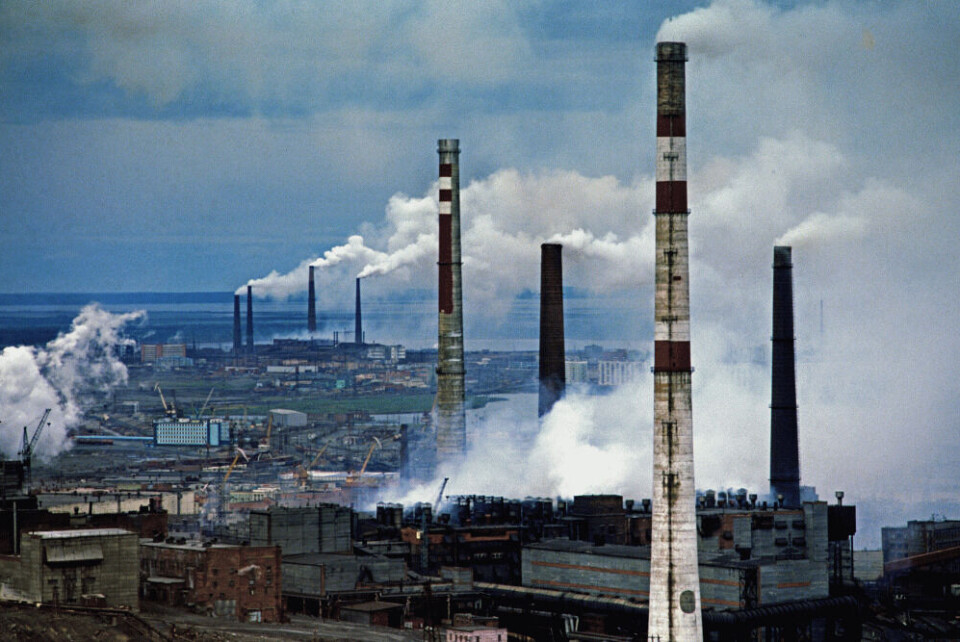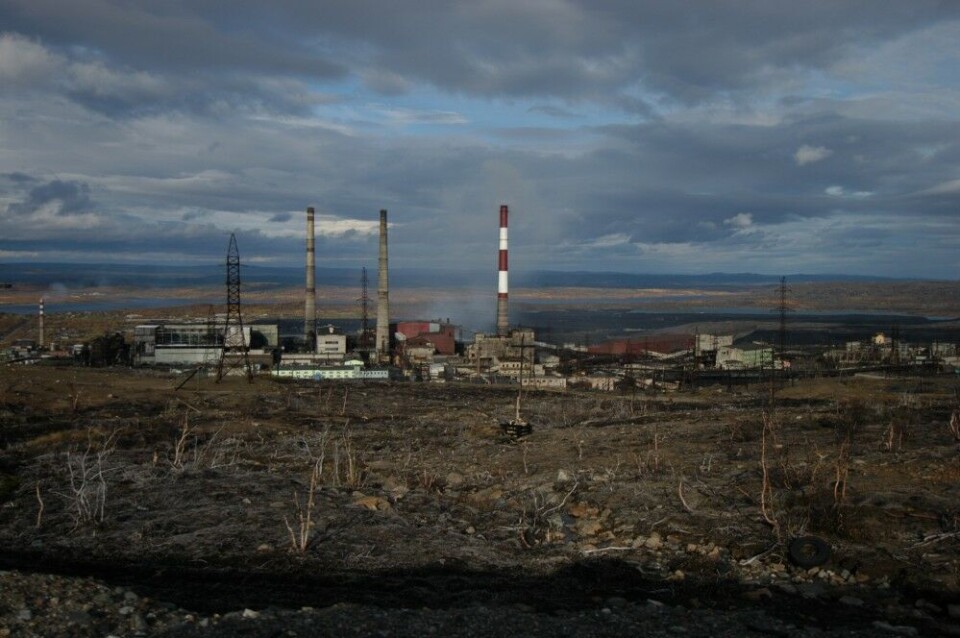
Norilsk tops world's list of worst SO2 polluters
1,9 million tons of sulfur dioxide from the chimneys in Norilsk were blowing over the Arctic tundra on the Taymyr Peninsula in 2018, according to an estimate in a NASA satellite study.
p.p1 {margin: 0.0px 0.0px 0.0px 0.0px; font: 11.0px ‘Helvetica Neue’; color: #000000}p.p2 {margin: 0.0px 0.0px 0.0px 0.0px; font: 11.0px ‘Helvetica Neue’; color: #000000; min-height: 12.0px}span.s1 {font-kerning: none}
Although down 200,000 tons from 2017, Norilsk pollution is nearly three times higher than No. 2 on the list of the world’s worst sulfur dioxide (SO2) pollution hot-spots. Second on the list is Kriel in South Africa with its enormous coal power plant from which emissions in 2018 reached 714,000 tons.
The NASA OMI satellite data studied more than 500 major point sources of SO2 emissions across the globe.
Partly built by GULag prisoners in Soviet times, Norilsk is home to the world’s largest producer of nickel, the Nornickel. The company town also runs a copper smelter and produces both platinum and palladium.
A comprehensive clean-up project started some years back with the aim at significantly reduce air pollution. Last year, the company’s oldest factory was closed down. Also, technical improvements will reduce harmful emissions from the Nadezhda Smelter in Norilsk.
Some 170,000 people are living in Norilsk which is located about 300 kilometers north of the Arctic Circle.
A Greenpeace report about global sulfur dioxide emissions says Russia’s overall SO2 pollution over the last ten years is slightly down, while countries like India and Saudi Arabia see sharp increase. India is today the country in the work with highest SO2 pollution with more than five million tons.
The Norilsk smelters alone are responsible for more than 50% of the total emissions tracked by NASA in the whole of Russia.
NorNickel operates two smelters and one ore processing plant on the Kola Peninsula in the towns of Nikel, Monchegorsk and Zapolyarny.
According to the map database referred to in the Greenpeace report, SO2 emissions from the plants in Nikel and Zapolyarny are down from 134,000 tons in 2017 to 72,000 tons in 2018.
Nornickel is committed to constant self-improvement, which includes modernisation and reducing our environmental footprint. This year, we will spend $100 million upgrading our Kola Nickel Refinery alone, in a project that will have cost a total of $450 million upon completion. pic.twitter.com/0M9OiNeWU5
The company assures in a tweet on Wednesday it is on track to reduce emissions from its smelters on the Kola Peninsula further.

The smelter in Monchegorsk has reduced SO2 emissions from 77,000 tons in 2017 to 40,000 tons in 2018.
















